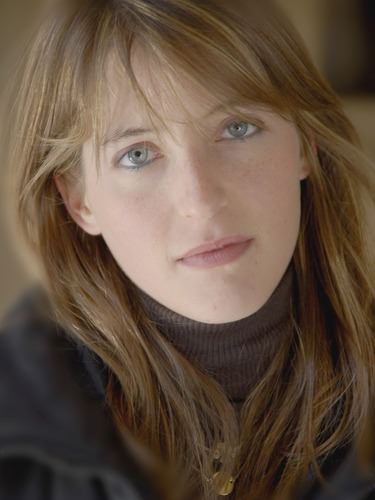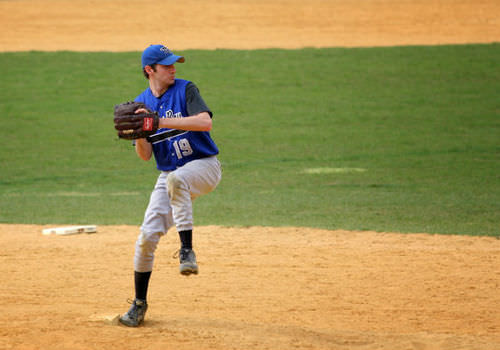2.4: Special Scene Modes
- Page ID
- 3148
This lesson will help you understand Special Scene Modes. Start with the explanations in Get the Basics to build understanding. Then, deepen your learning with additional online resources in Explore. The additional online resources are essential to understanding scene modes! When you respond to the questions and prompts in Record Your Findings, be sure to include information you learned from the additional online resources.
Get the Basics
Most digital cameras have special scene modes that control the camera's settings in specific situations. In the previous lesson, you learned about shooting modes that allow you to set the shutter speed and/or aperture. Scene modes are basically presets for shutter speed, aperture, and other factors, like optimizing colors. Common scene modes include Portrait, Landscape, Night, Sports. Depending on your digital camera, you may have fewer - or many more - scene modes.
Here are two examples of scene modes:
Portrait scene mode assumes that you want the subject to be in focus and the background out of focus. So, the aperture is automatically set to be larger (smaller f stop) to create a narrow depth of field. The camera also finds a shutter speed that is compatible with the larger aperture.
Sports scene mode assumes that you want to freeze action. So, the shutter speed is automatically set to be faster to freeze the action. The camera also finds an aperture setting that is compatible with the faster shutter speed.
Scene modes are usually represented by little icons (pictures) that indicate visually what each scene mode does. Some digital cameras have help menus that describe the functions of each scene mode. These descriptions can help you to learn more about each.
Locate the scene mode settings for your digital camera. Can you recognize the purpose of each based on the icons?
Explore
Learn about scene mode settings at Guide to Digital Camera Shooting Modes from SnapFish: www.snapfish.com/snapfish/digitalcameramodes/
Learn more about scene modes at Common Digital Camera Scene Modes from Picture Perfect:
http://www.picturecorrect.com/tips/digital-camera-scene-modes/
Record Your Findings
- Name and describe five or more of your digital camera’s shooting/scene mode settings. Include drawings of the icons representing each.
References
| Image | Reference | Attributions |
|---|---|---|
 |
[Figure 1] |
Credit: Guney ccucelogly; May 15, 2005;Athepal; June 13, 2007 Source: https://www.flickr.com/photos/guneyc/5996162155/ ; http://commons.wikimedia.org/wiki/File%3AModeDial.svg |



